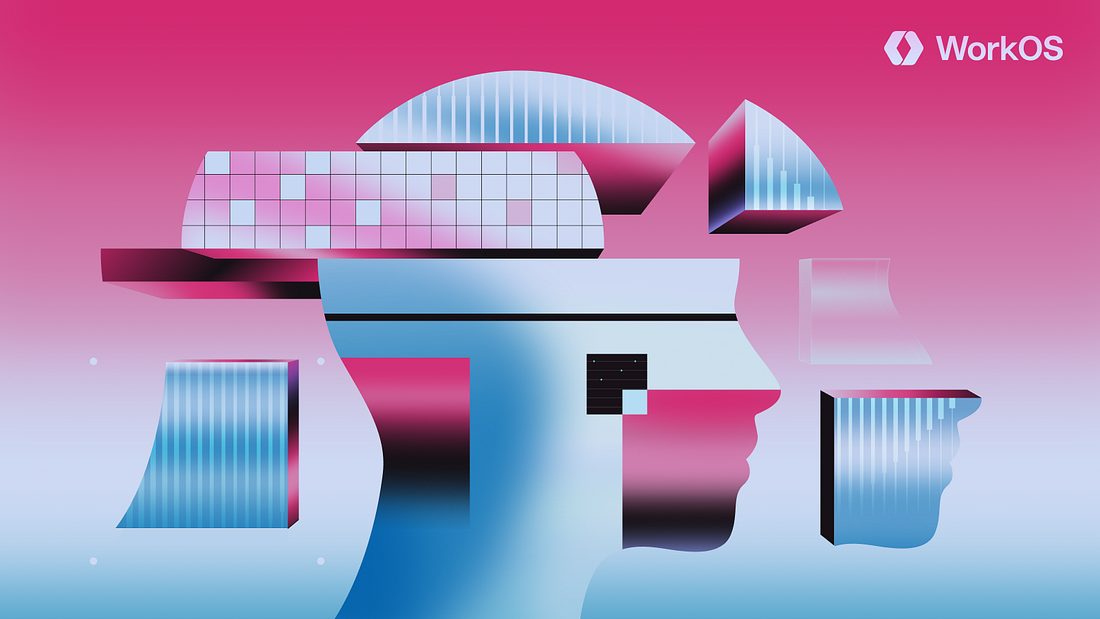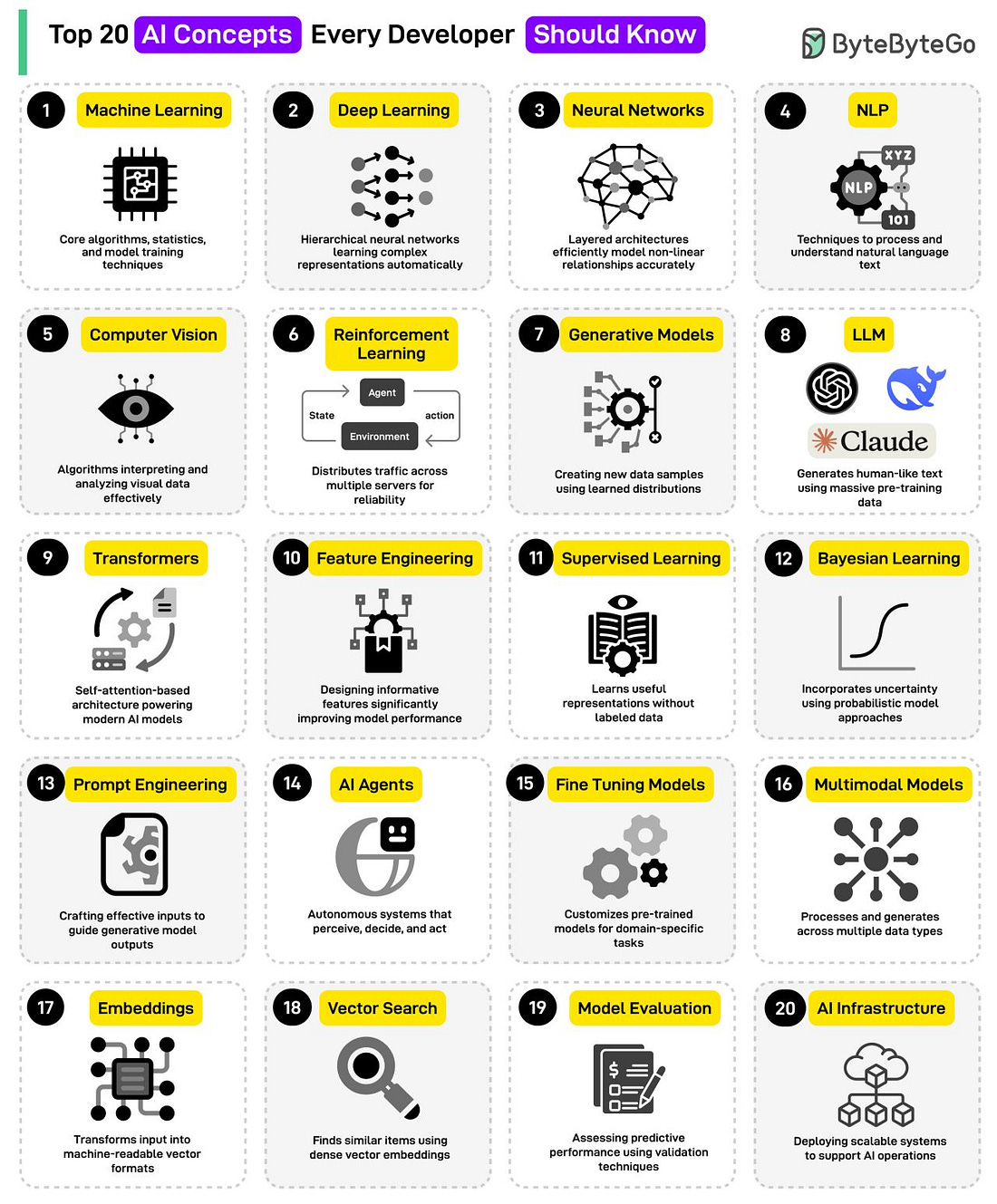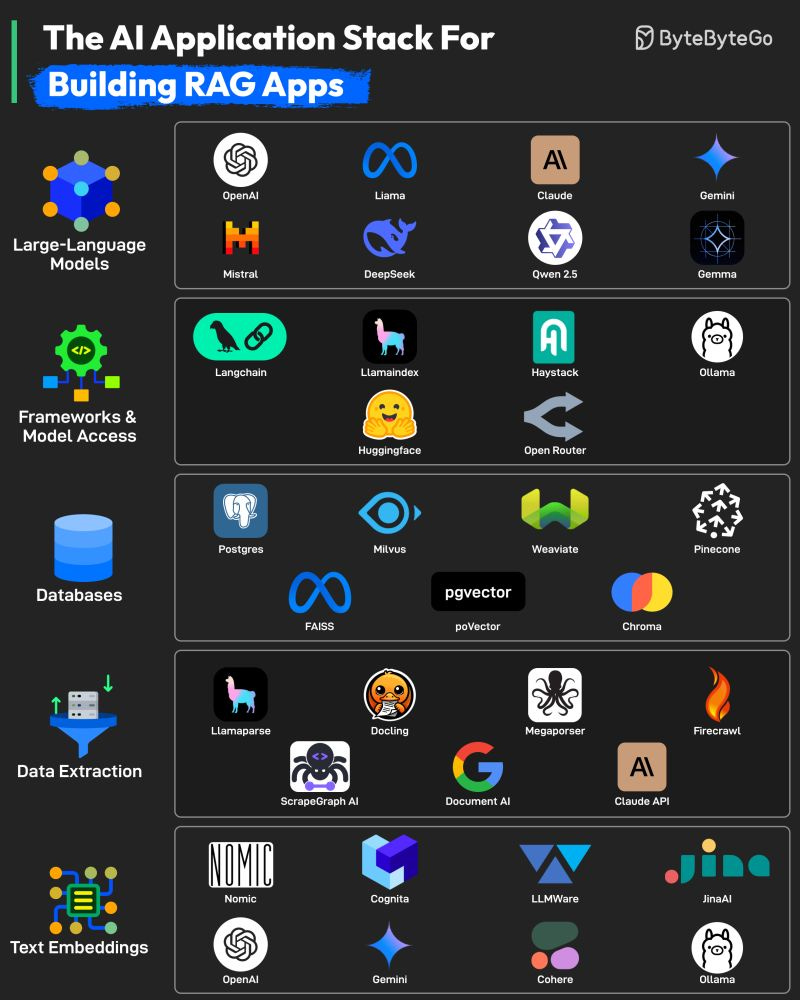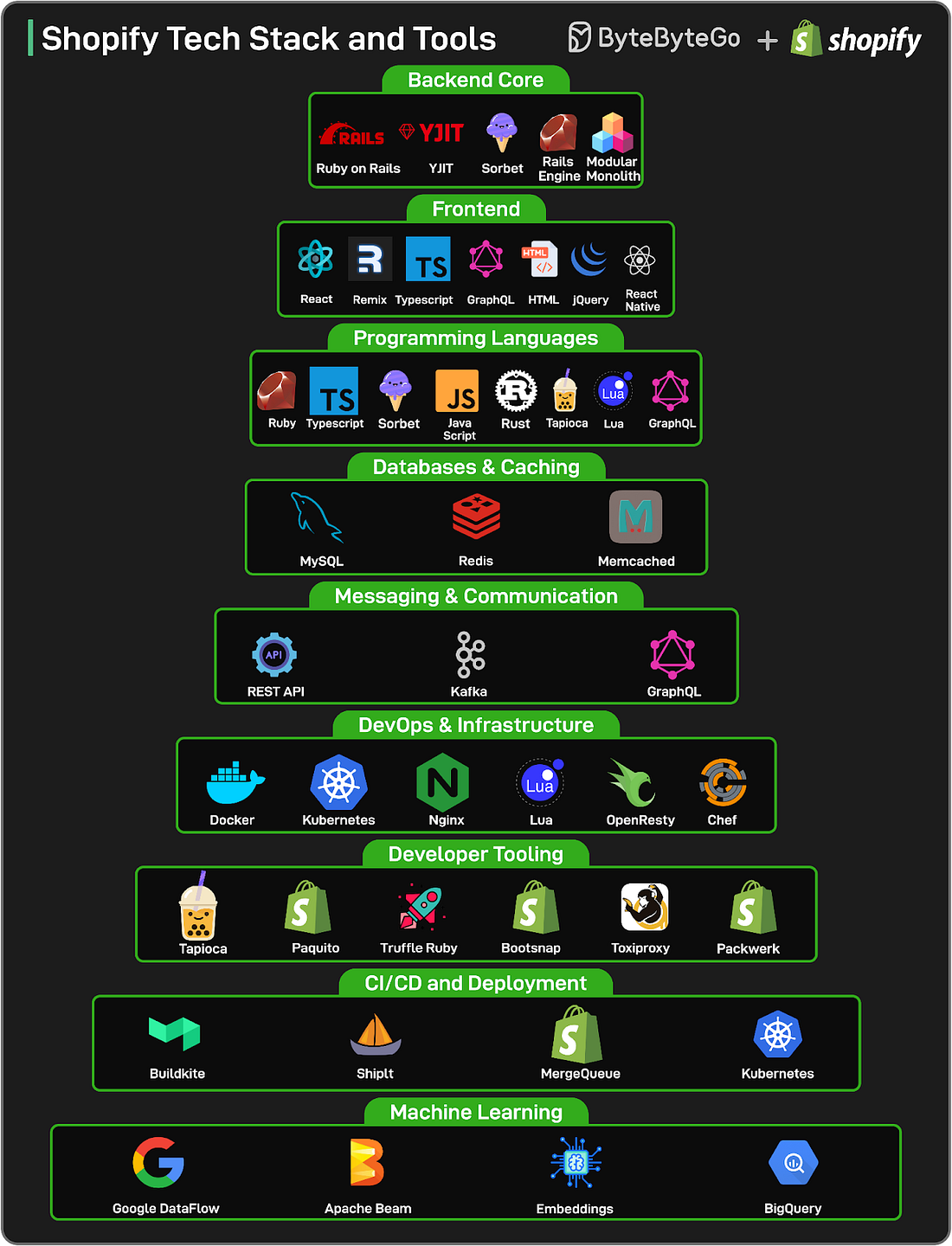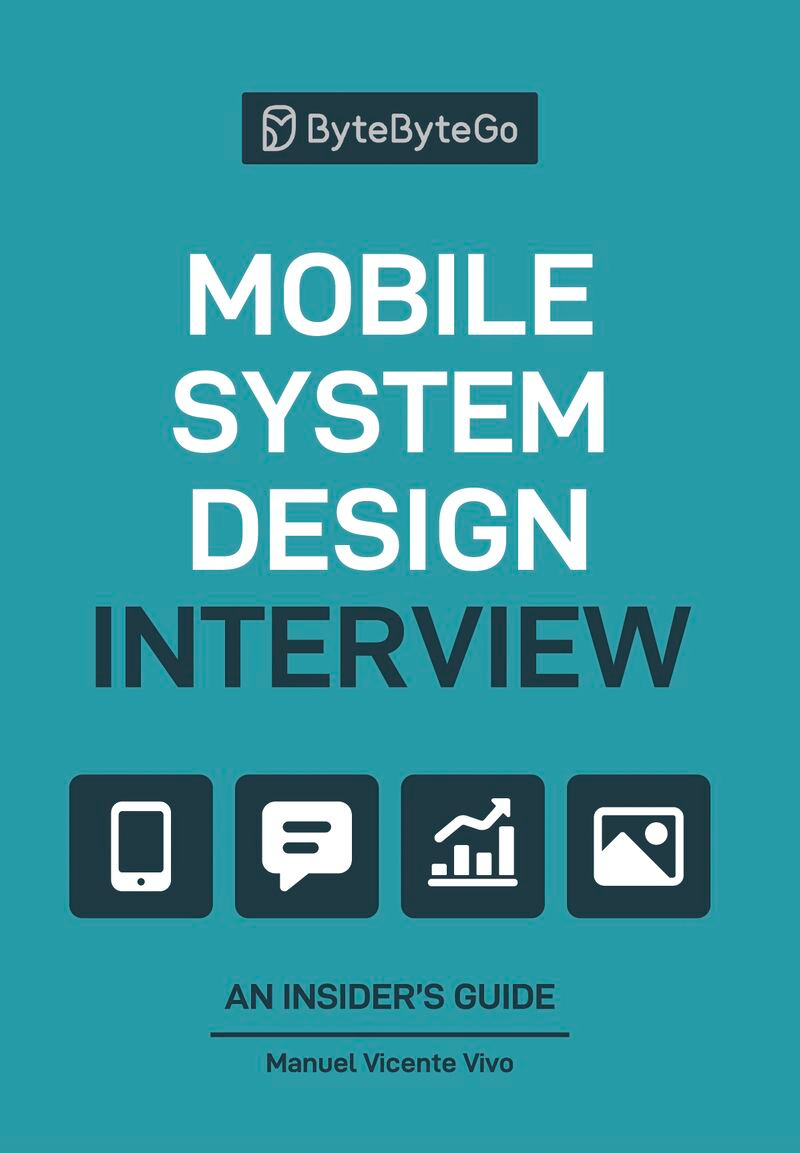- Mailing Lists
- in
- EP167: Top 20 AI Concepts You Should Know
Archives
- By thread 5023
-
By date
- June 2021 10
- July 2021 6
- August 2021 20
- September 2021 21
- October 2021 48
- November 2021 40
- December 2021 23
- January 2022 46
- February 2022 80
- March 2022 109
- April 2022 100
- May 2022 97
- June 2022 105
- July 2022 82
- August 2022 95
- September 2022 103
- October 2022 117
- November 2022 115
- December 2022 102
- January 2023 88
- February 2023 90
- March 2023 116
- April 2023 97
- May 2023 159
- June 2023 145
- July 2023 120
- August 2023 90
- September 2023 102
- October 2023 106
- November 2023 100
- December 2023 74
- January 2024 75
- February 2024 75
- March 2024 78
- April 2024 74
- May 2024 108
- June 2024 98
- July 2024 116
- August 2024 134
- September 2024 130
- October 2024 141
- November 2024 171
- December 2024 115
- January 2025 216
- February 2025 140
- March 2025 220
- April 2025 233
- May 2025 239
- June 2025 135
The quarter’s top themes
Understanding of Requirements of the Medical Device Regulation 2017/745 (MDR) - 1 Day Program
EP167: Top 20 AI Concepts You Should Know
EP167: Top 20 AI Concepts You Should Know
WorkOS: Scoped Access and Control for AI Agents (Sponsored)AI agents can trigger tools, call APIs, and access sensitive data. Learn how to:
Real teams are applying these practices to keep agent workflows safe, auditable, and aligned with least-privilege principles. Secure your agent workflows today This week’s system design refresher:
Top 20 AI Concepts You Should Know
Over to you: Which other AI concept will you add to the list? The AI Application Stack for Building RAG Apps
Over to you: What else will you add to the list to build RAG apps? Shopify Tech Stacks and ToolsShopify handles scale that would break most systems. On a single day (Black Friday 2024), the platform processed 173 billion requests, peaked at 284 million requests per minute, and pushed 12 terabytes of traffic every minute through its edge. These numbers aren’t anomalies. They’re sustained targets that Shopify strives to meet. Behind this scale is a stack that looks deceptively simple from the outside: Ruby on Rails, React, MySQL, and Kafka. But that simplicity hides sharp architectural decisions, years of refactoring, and thousands of deliberate trade-offs.
A huge thank you to Shopify’s world-class engineering team for sharing their insights and for collaborating with us on this deep technical exploration. Our new book, Mobile System Design Interview, is available on Amazon!Book author: Manuel Vicente Vivo What’s inside?
Table Of Contents Featured JobFounding Engineer @dbdasher.ai Location: Remote (India) Role Type: Full-time Compensation: Highly Competitive Experience Level: 2+ years preferred About dbdasher.ai: dbdasher.ai is a well-funded, high-ambition AI startup on a mission to revolutionize how large enterprises interact with data. We use cutting-edge language models to help businesses query complex datasets with natural language. We’re already working with two pilot customers - a publicly listed company and a billion-dollar private enterprise and we’re just getting started. We’re building something new from the ground up. If you love solving hard problems and want to shape the future of enterprise AI tools, this is the place for you. About the Role: We’re hiring a Founding Engineer to join our early team and help build powerful, user-friendly AI-driven products from scratch. You’ll work directly with the founders to bring ideas to life, ship fast, and scale systems that power real-world business decisions. If you are interested, apply here or email Rishabh at rishabh@dbdasher.ai Other JobsWe collaborate with Jobright.ai (an AI job search copilot trusted by 500K+ tech professionals) to curate this job list. This Week’s High-Impact Roles at Fast-Growing AI Startups
High Salary SWE Roles this week
Today’s latest ML positions - hiring now!
SPONSOR USGet your product in front of more than 1,000,000 tech professionals. Our newsletter puts your products and services directly in front of an audience that matters - hundreds of thousands of engineering leaders and senior engineers - who have influence over significant tech decisions and big purchases. Space Fills Up Fast - Reserve Today Ad spots typically sell out about 4 weeks in advance. To ensure your ad reaches this influential audience, reserve your space now by emailing sponsorship@bytebytego.com © 2025 ByteByteGo |
by "ByteByteGo" <bytebytego@substack.com> - 11:37 - 14 Jun 2025
